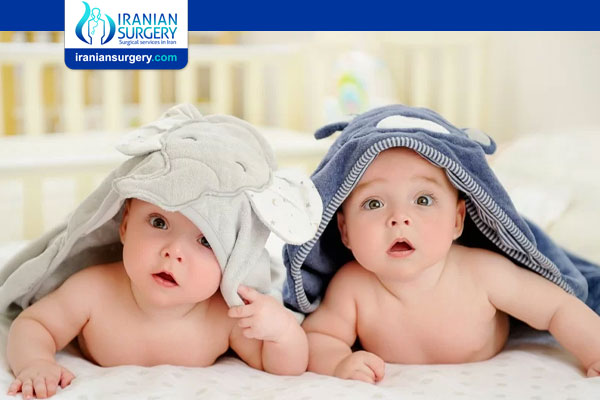What are the chances of twins with IVF?
What are the chances of twins with IVF?
No medical procedure is without risk. While IVF is certainly among the safest procedures, it is no exception to this rule. One of the most common risks associated with this approach has historically been multiple births. The number of embryos transferred during an IVF cycle directly influences the risk of twins or multiples. In the past, the number of embryos transferred was higher and led to an increase in multiple births.
Natural twin rates are at about 2%. Put simply, twins are rare.
Assisted reproductive technologies changed this. Centers for Disease Control (CDC) research found that of infants conceived with ART:
. 43% were twins
. 3% were triplets or higher-order infants
Put another way, while infertility treatments account for up to 3% of all single live births, they may account for up to 50% of twins born and 75% of higher-order multiple births.
About Iranian Surgery
Iranian surgery is an online medical tourism platform where you can find the best gynaecologists and obstetricians in Iran. The price of an Infertility treatment in Iran can vary according to each individual’s case and will be determined based on in-person assessment with the doctor.
For more information about the cost of IVF in Iran and to schedule an appointment in advance, you can contact Iranian Surgery consultants via WhatsApp number 0098 901 929 0946. This service is completely free.
Source:
. https://fertilityinstitute.com/blog/the-risk-of-multiples-pregnancy-with-ivf


